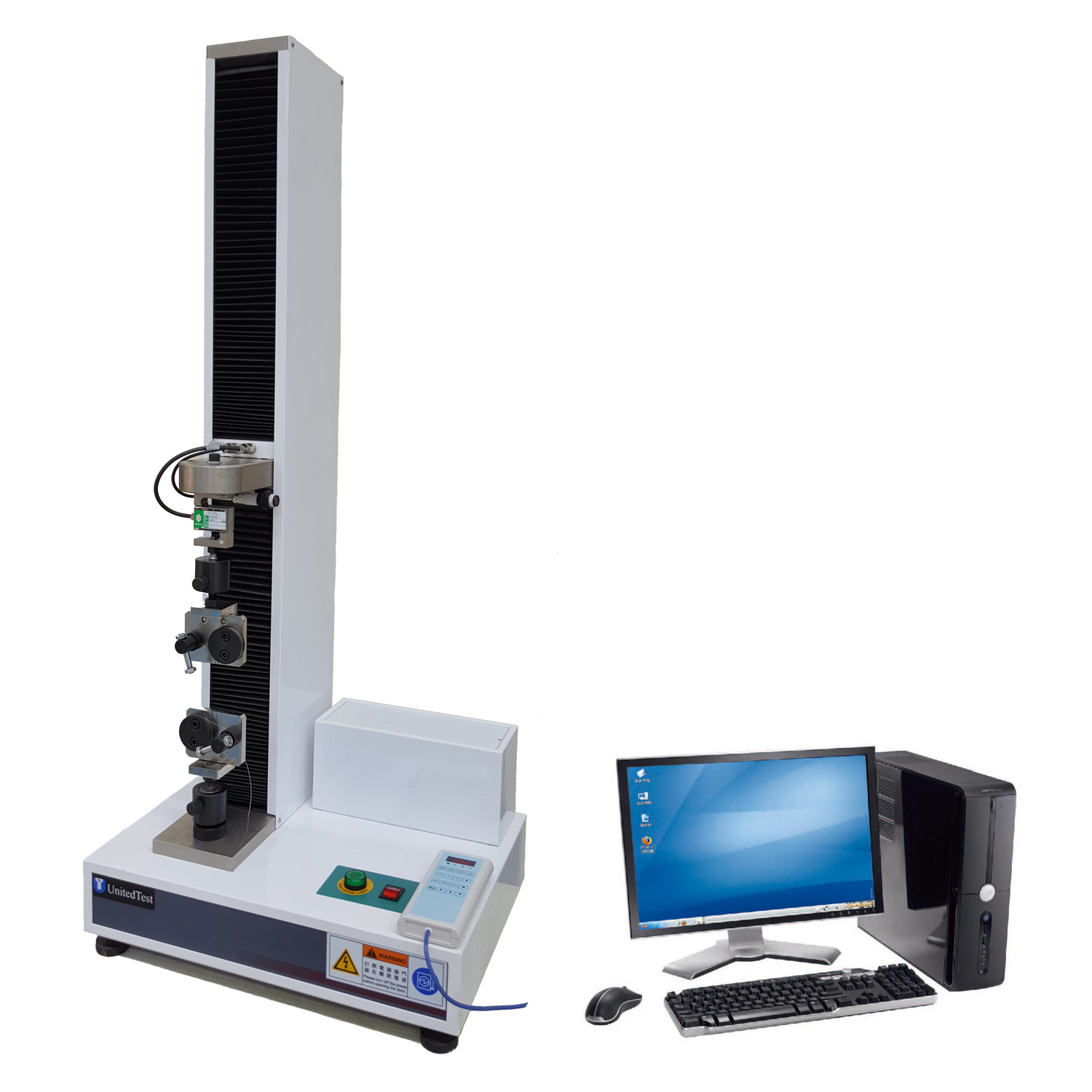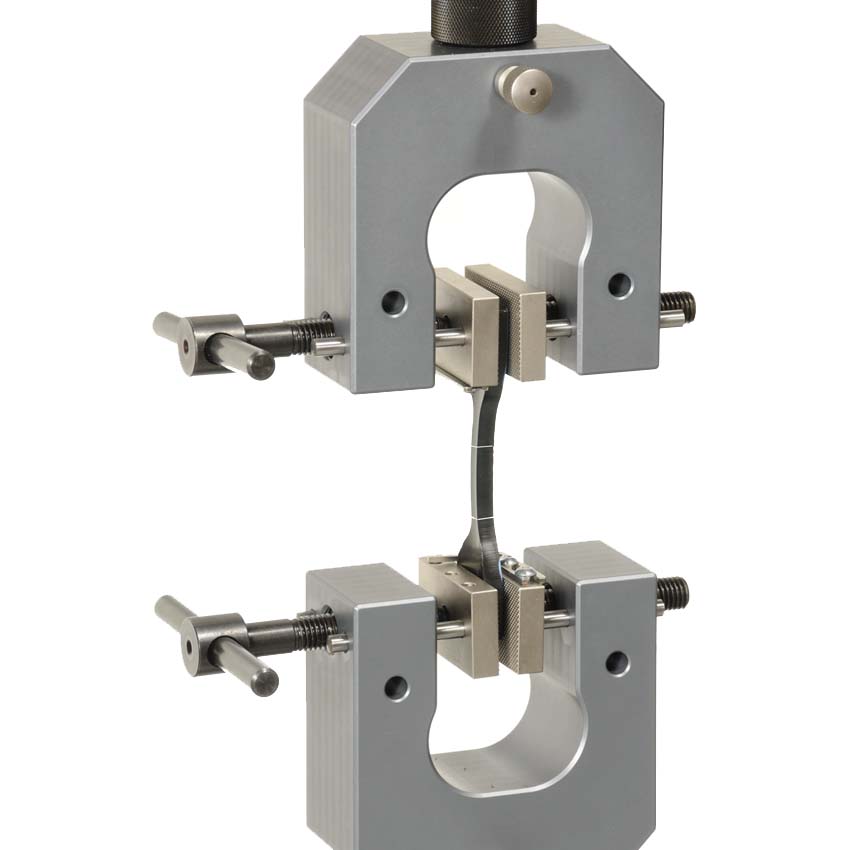ISO 37 and ASTM D412 are both widely recognized tensile test methods designed to evaluate the stress-strain characteristics of various rubber materials, including natural rubber, synthetic rubber, silicone rubber, and thermoplastic elastomers (TPEs). While both standards aim to determine the tensile properties of rubber and elastomers, they differ in their specific methodologies and applications.
ISO 37 Tensile Test on Rubber, vulcanized or thermoplastic Testing Machine
ISO 37 , ASTM D412 Tensile Test on Rubber and Elastomers Testing Guide
Regard ISO 37 , ASTM D412:
specifically addresses the determination of tensile properties for rubber and elastomeric materials. This standard outlines the procedures for conducting tensile tests, enabling precise measurement of parameters such as tensile strength, elongation at break, and modulus. These parameters are important for assessing the material’s mechanical behavior under various loading conditions. Compounds within this class encompass a diverse array of polymers and polymer blends.
Standardized Dumbbell-Shaped Sample
calls for a dumbbell-shaped specimen and defines a sample that is dimensionally precise concerning thickness and gauge length to achieve uniformity and reproducibility of the test:
Gauge Length 115 mm
It is that part of the sample where elongation is measured. The dimension is measured to ensure that testing results are not different from each other, therefore, no variation across samples is retained.
Thickness: 3 mm
The tensile strength values are considerably affected by sample thickness. To standardize dimensions, uniform tension in stress distributions will be acquired in testing
Width (6 mm)
Width as well as its thickness determines cross-sectional area when considering a sample during the calculation of its tensile strength.
Cross-sections have importance during calculation so such dimensions in this regard is of significant utility while obtaining repeated tensile strength measures.


ISO 37 , ASTM D412 MEASURE for:
ISO 37 , ASTM D412 evaluates a material’s elasticity and post-test behavior following tensile strain. Tests have to be conducted on a testing machine at a controlled speed (500 ± 50 mm/min) for a distance of at least 750 mm. ASTM D412 assesses also various tensile properties, such as:
Tensile strength.
Tensile stress at a given elongation.
Ultimate elongation.
Tensile set.

ISO 37 , ASTM D412 – TEST METHODS
outlines two distinct testing methods for two different specimen types.
Test Method A (most common) employs “dumbbell” or “dogbone” shaped specimens (thickness of 3.0 +/- 0.3 mm);
Test Method B is intended for ring-shaped specimens.
The standard temperature for testing is 23 +/- 2 °C, instead, when any other temperature is required a climatic chamber can be added to the testing system.
ISO 37 , ASTM D412 – APPLICATIONS
The ISO 37 , ASTM D412 standard finds critical applications across diverse industries, like:
Automotive: Rigorous testing ensures the reliability of rubber components in vehicles, from tires to gaskets.
Aerospace: Meeting stringent safety and performance standards for elastomeric materials used in aircraft components like O-rings and gaskets.
Manufacturing and Construction: Selecting dependable elastomeric materials for applications such as conveyor belts, industrial seals, and vibration isolators.
 Global links
Global links



